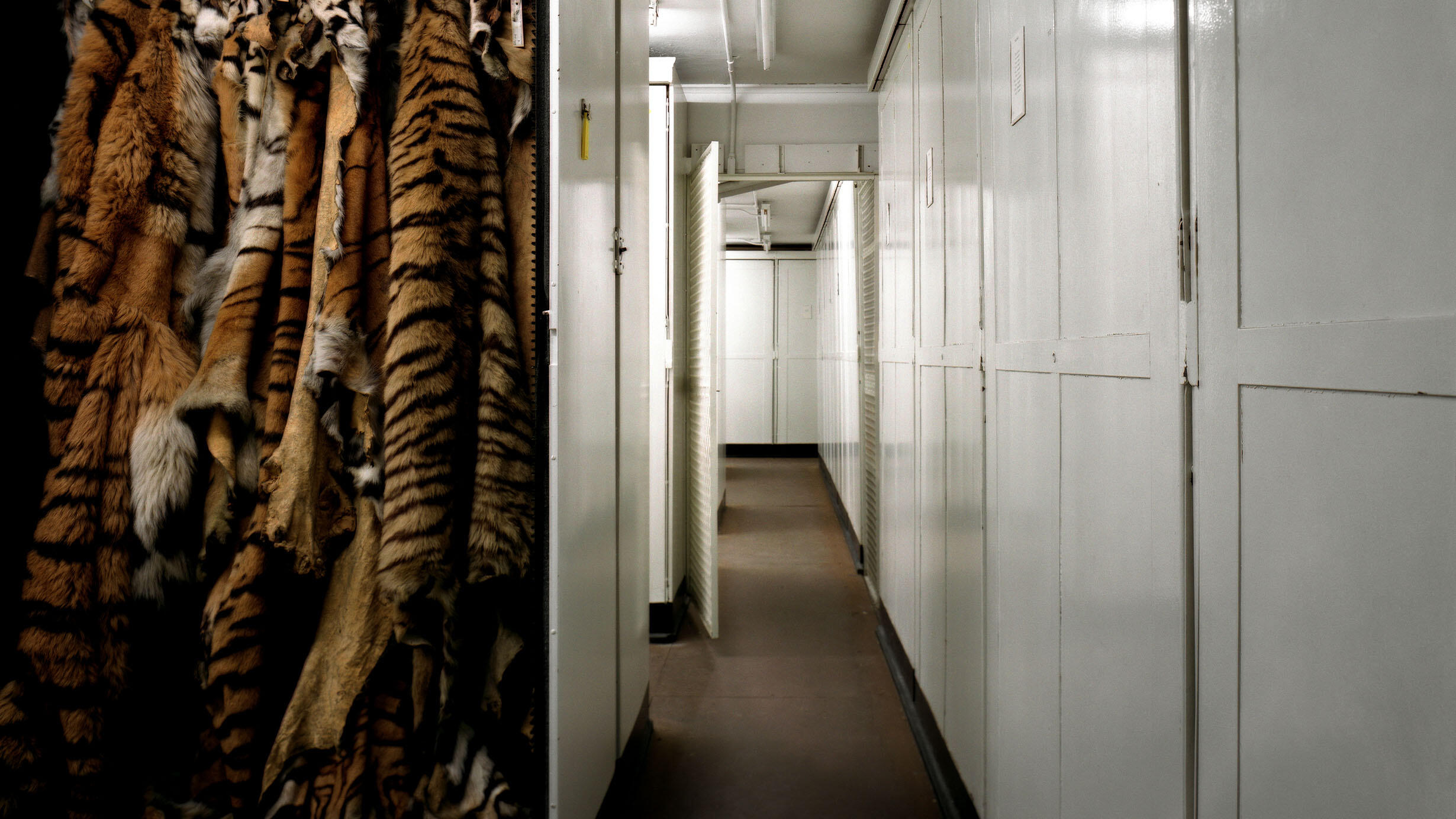 J. Cooper
J. Cooper Preventive care is defined as “actions taken to minimize or slow the rate of deterioration and to prevent damage to collections; includes activities such as risk assessment, development and implementation of guidelines for continuing use and care, appropriate environmental conditions for storage and exhibition, and proper procedures for handling, packing, transport, and use. These responsibilities may be shared by collection managers, conservators, subject specialists, curators and other institutional administrators.” [1]
It is now widely recognized by preservation professionals that no matter how large their budget, resources will always be stretched to cover all collections priorities, and so ‘an ounce of prevention is worth more than a pound of cure.’ Money spent proactively on preventive care is the most efficient way to preserve an entire collection for the long-term, rather than acting reactively and paying for conservation treatment to repair damage and deterioration that has already occurred. Taking proper care of even a small collection, let alone a large one, can seem like an infinite job, and an active approach to preventive care is the best way to spread finite resources.
[1] Society for the Preservation of Natural History collections. 1994. Guidelines for the care of natural history collections. Collection Forum, 10:32-40.